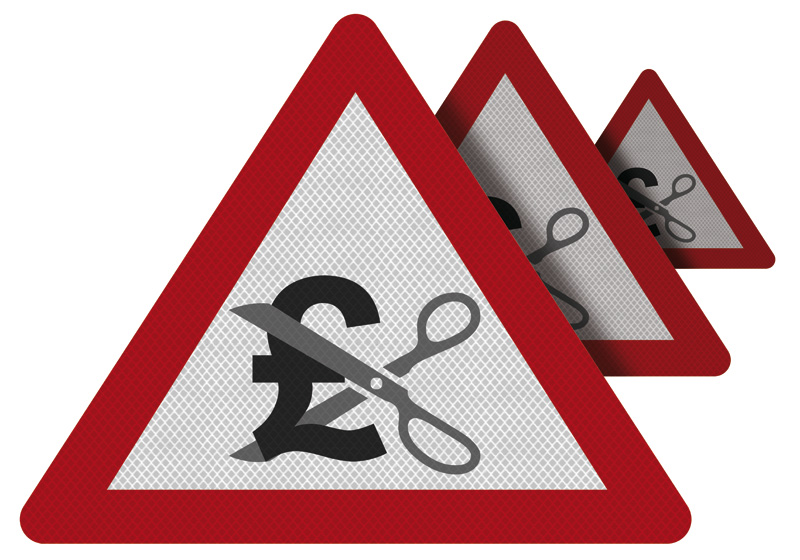Experienced Investor
This is how costs erode your investment returns

If you want to optimise your potential investment returns, don’t forget to keep an eye on the bottom line, writes Vanguard’s senior investment planner James Norton.
You can’t control the way investment markets behave; the only thing that is potentially less predictable at the moment is British politics.
But there’s definitely one thing you can control: how much it costs you to invest.
The message of cost-control might tend to make eyes glaze over but it’s hugely important to your long-term wealth.
The power we have to control our investment costs is a major and sometimes overlooked advantage – it’s like Thor’s hammer, Captain America’s shield or Wonder Woman’s indestructible bracelets. Without it we are more likely to lose out and less likely to come out on top.
That’s because the less it costs you to invest, the higher your actual investment return.
So keeping your costs down gives you a definitive edge. And when market returns are relatively modest, as we expect them to be going forward, all the more so.
Why? Because if your costs are too high it can effectively kill your return or even leave you out of pocket.
Counting the costs
Allow me to elaborate by asking you a quick question: if your investment adviser charged you 2% annually (as some of the more expensive ones do) and shares returned 5% per year (in line with Vanguard’s long-term forecasts), how much would you actually make?
The answer? Just 3% a year. So two-fifths – or 40% – of your investment return would be lost in this example just to costs. You have taken all of the investment risk, but only kept 60% of the return.
If the market made less than 2% a year, you would actually end up losing money!
So costs count, and they can even kill.
The negative compounding hit
There’s another factor to consider too: time, because the more time passes, the more important costs become.
No doubt you’ve heard of compounding. It’s a mathematical phenomenon that can boost your long-term returns because each year’s gains build on the previous years’ gains.
There’s also something called ‘negative compounding’: when it works in reverse, it can eat up your money.
In the table below, we illustrate that by showing what would happen to £100 if it was invested and the annual market return was zero. The left-hand column shows a series of different annual cost scenarios.
Shocking, isn’t it, the way costs can eat away at your capital? If you already have an ISA provider or invest through a platform, you may want to remind yourself what they currently charge you and look at our table again.
After all, none of the cost scenarios painted are fanciful – they chime with what is currently out there.
It’s why at Vanguard we make every effort to keep our costs as low as possible.
A demonstration
Think of it another way. Imagine two identical £1,000 investments, each earning a hypothetical 5% annual return. The graph below shows their performance over time. The orange line assumes fees of 0.5% per annum and the blue line assumes a 2% annual fee.
Source: Vanguard
At the end of the period, the low-fee investment is worth twice as much as the high-cost investment.
Keeping a tight rein on investment costs is even more important if you have to pay tax on your investment earnings.
This doesn’t apply, of course, to those who invest through an ISA up to the annual permitted allowance. But beyond it, higher-net-worth individuals have to pay 40% of their investment income to HMRC, which means they have even less wiggle room to play with.
So if you want to optimise your potential investment returns, remember: costs matter!
James Norton is a senior investment planner at Vanguard UK

